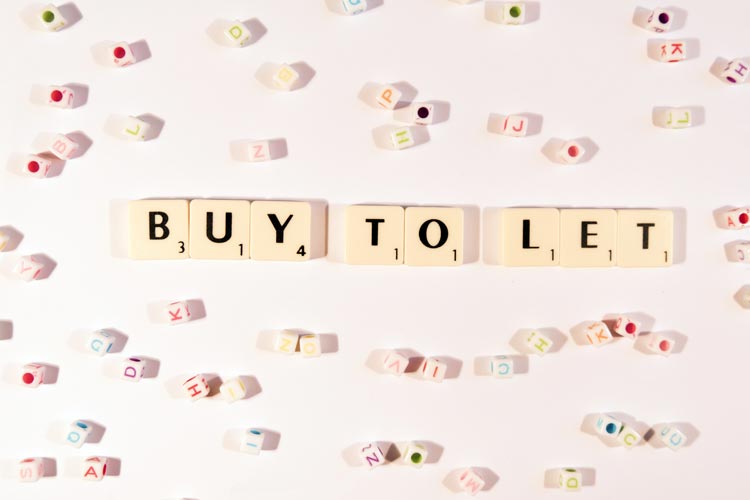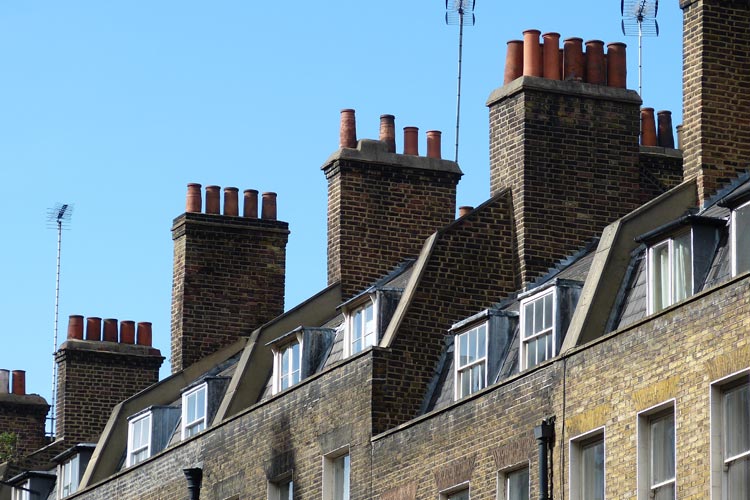A buy to let investment could be a desirable proposition if you are seeking regular income or capital growth. Low-interest rates mean that your savings may not be yielding a satisfactory return, putting property investment firmly on your radar. But how profitable is a buy-to-let property investment and is it still worth it?

What does buy-to-let mean?
Buy-to-let is the term given to buying a property which you are going to rent out, rather than live in yourself. Mortgage lenders have specific products for investors who require a mortgage to purchase their buy-to-let property. Typically, these have higher interest rates due to the more significant risk to the mortgage provider.
Is buy-to-let a good investment?
Demand for rental property
Many parts of the UK remain too expensive for many people to be able to purchase a property, for others renting their home suits their lifestyle choices. As a result, there is significant demand for rental property. Analysis from VeriSmart predicts that by 2045 55% of the UK population will be living in rented property.
Low interest rates
You can invest in a buy-to-let property, even if you don’t have the capital to cover the entire purchase price as many mortgage lenders offer buy-to-let mortgages. With interest rates at an all-time low and mortgage providers competing for business, it is possible to secure yourself a low rate deal.
Rental yield and capital growth
With buy-to-let property investment, you can see a return on investment in two ways. Firstly, your buy-to-let property can provide a rental yield; this is the amount of money you receive in rent less the purchase costs and running costs. Read our article on how to work our your property’s rental yield.
You can also make a profit when you sell the property if house prices have risen. Property values will always be subject to fluctuation but would be expected to grow over the long term. It might be several years before you enjoy significant capital growth. On the other hand, you could be fortunate and make an impressive profit relatively quickly.
What are the challenges of buy-to-let?

Recent changes to legislation and taxation have impacted the profitability of buy-to-let investments. But your challenges don’t end there; you should also consider other issues such as void periods and bad tenants.
Mortgage tax relief
Most investors in buy-to-let properties will need to pay income tax on the rental payments that they receive. Until the 2016/17 tax year, buy-to-let landlords were able to deduct mortgage interest along-side other deductible costs from their rental income before calculating their tax liability. As of April 2020, you are no longer able to deduct any of your mortgage expenses from rental income to reduce your tax bill.
Capital gains tax (GCT)
When you come to sell your property investment, you will need to pay capital gains tax on any profit that you make above your capital gains tax allowance.
Stamp Duty Surcharge
When you purchase a property in England, which is not your primary home, you will have to pay an extra 3% on top of each stamp duty band.
Minimum Energy Efficient Standard (MEES) regulations
You may incur costs ensuring that your investment property complies with the Minimum Energy Efficient Standard (MEES) regulations. All rental properties must have a valid Energy Performance Certificate, and from 1st April 2020 landlords can no longer let properties with an Energy Performance Certificate rating of below E.
Maintenance and administrative costs
You should assess whether the rental income you can achieve will cover ongoing maintenance, administrative and insurance costs in addition to your mortgage payments.
Since 1st June 2019, the Tenant Fees Act prohibits landlords from charging any fees to tenants, other than those ‘permitted’ by the Act. This means you cannot recoup your administrative costs, such as referencing, inventory checks and end of tenancy cleaning.
Void periods
Rental properties may be subject to void periods during which they are not occupied and therefore yielding no rental income. When assessing whether a buy-to-let property is the right investment, you must calculate whether you can afford to cover the mortgage payment at times when you do not have a tenant or if your tenant fails to pay their rent.
Bad tenants
Most tenants will treat your property with respect and won’t cause you serious problems, but you could be unlucky. Tenants may damage your property, fail to pay the rent or refuse to leave when you give them notice. You might have to pay for significant repairs, legal fees and court fees.
How to maximise your buy-to-let profits

Location
With property values varying wildly and the expected price rises dependent on where you buy, it pays to spend some time researching the best buy-to-let areas. The London rental market remains strong, with robust demand for rental property and many regions with comparatively low property prices.
Type of tenants
As well as location, think about the type of tenant you will be renting to. For instance, areas with high student populations offer some of the highest yields.




